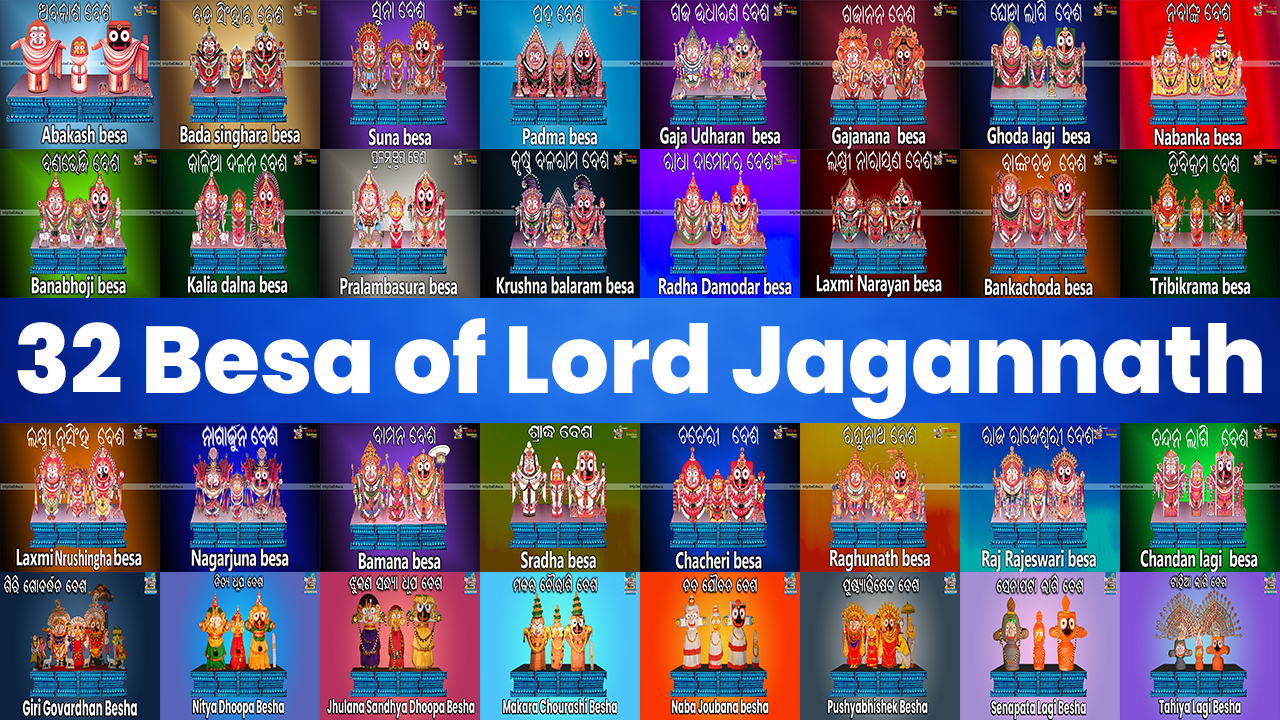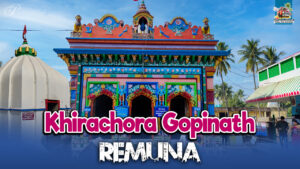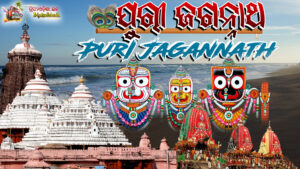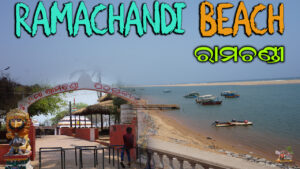Lord Jagannath will forever hold a special place in the hearts of all Hindus. Have you witnessed the various attires that Lord Jagannath, Lord Balabhadra, and Devi Subhadra adorned? From morning to night, the deities on the Ratnavedi are dressed in different outfits made of cotton, silk, gold ornaments, flowers, tulsi leaves, and more.
The sevaks of the temple, known as Singharis, are responsible for dressing the goddess with clothing and flowers. It is a sacred duty that they perform with utmost devotion and care. The besha of Lord Jagannath, Lord Balabhadra, and Devi Subhadra is a beautiful and intricate process that showcases the rich cultural heritage of the temple.
Witnessing all the besha of Lord Jagannath, Lord Balabhadra, and Devi Subhadra is a truly mesmerizing experience. It is a visual treat that highlights the deep reverence and devotion that the devotees have towards the deities. The intricate details and vibrant Colors of the besha reflect the spiritual significance and cultural importance of the temple rituals.
1. Abakash Besha
The traditional ritual of dressing up, known as Besha, is performed daily following the Mangal Alati ceremony. The specific actions of brushing and bathing are referred to as Abakash Besha.
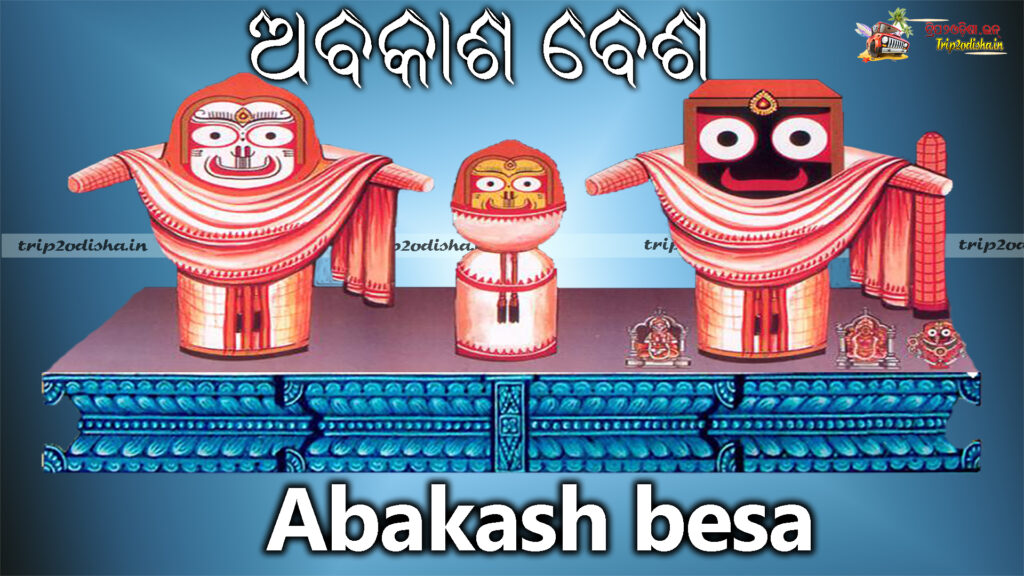
2. Bada Singhara Besha
As part of the daily routine before Ratra pahuda, the goddess is beautifully decorated with different types of flowers during the besha ritual.
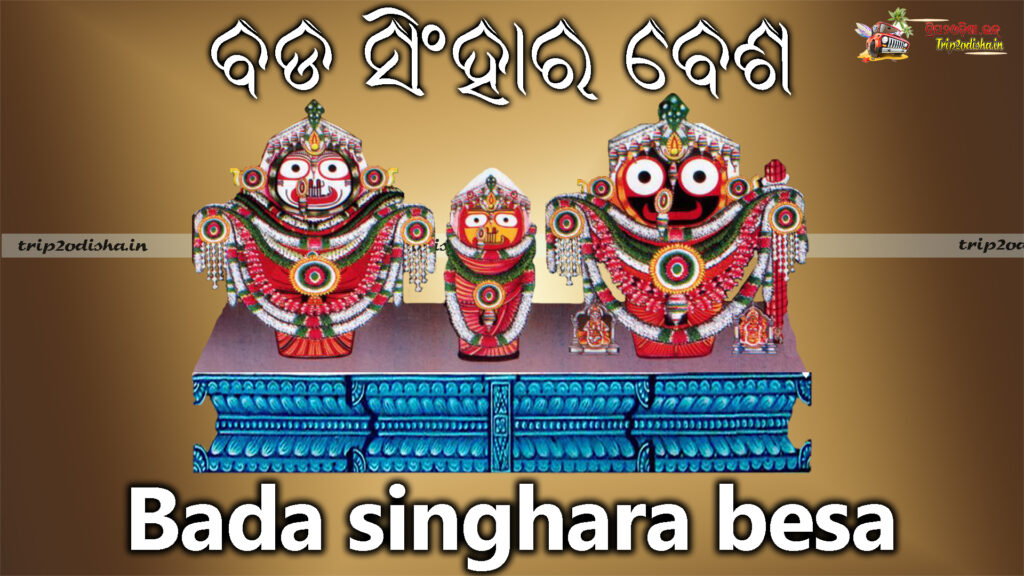
3. Suna Besha
1. The Goddess is adorned in a renowned besha, which takes place five times annually. Specifically, this besha occurs on Bijaya Dashami, Pousha Purnima, Dola Purnima, Kartika Purnima, and a special occasion in Asadha Sukla Ekadasi following the car festival on the chariots. During this besha, the Goddess adorns herself with elaborate gold ornaments.
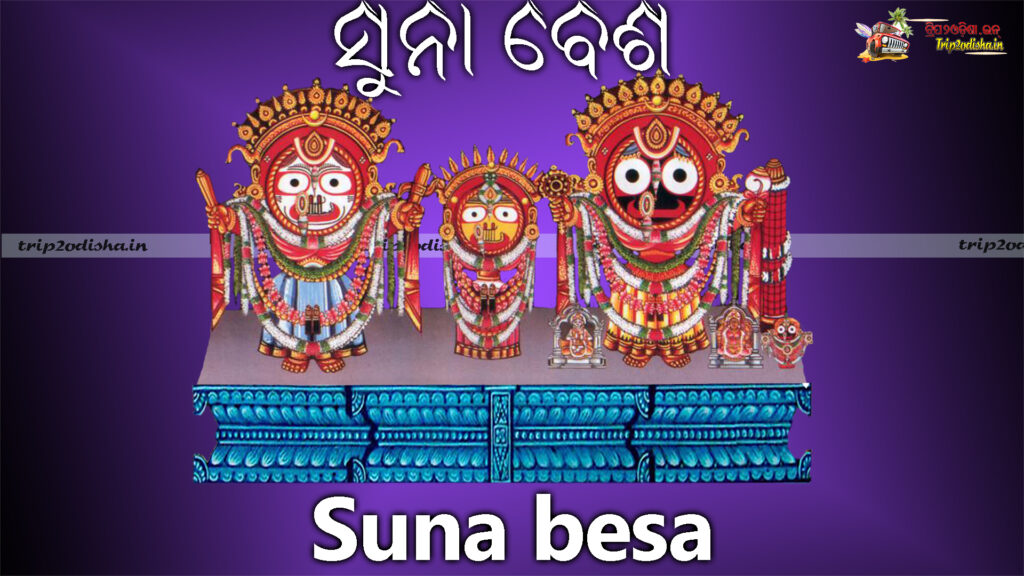
4. Padma Besha
The ceremonial attire occurs during the new moon day of the month of Magha. During this attire, numerous lotus flowers are used to adorn the deity.
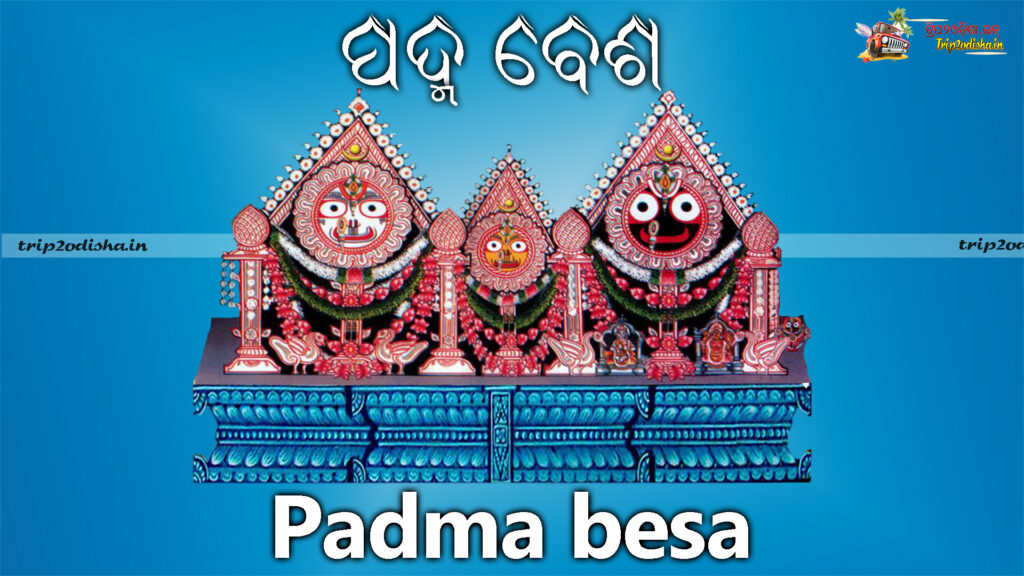
5. Gaja Udharana Besha
The Gaja Udharana besha is performed during Magha Purnima. This particular attire depicts the story of Lord Vishnu rescuing an elephant from a crocodile’s clutches.
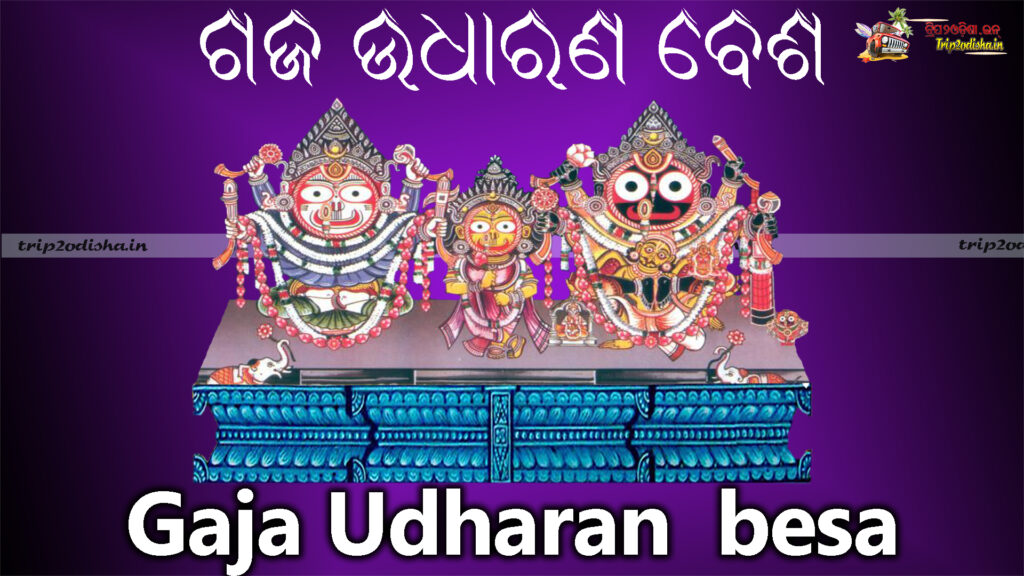
6. Gajanana Besha
This special event will take place during Snana Purnima in the month of Jyestha. Nine days before the car festival, there will be a bathing ceremony for the god. During this ceremony, the god will bath in 108 Gara-scented water. Following the bathing ceremony, the besha will be held.
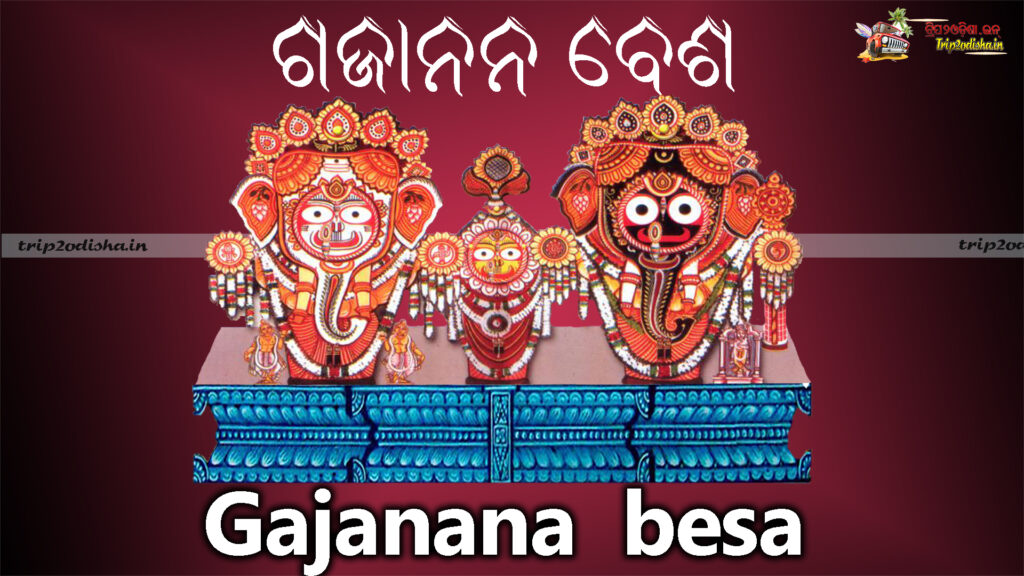
7. Ghodalagi Besha
The Besha ceremony takes place from the 6th day of the bright fortnight of Margasira to the 5th day of the bright fortnight of Magha (Basanta Panchami). During this time, the goddess adorns herself in beautiful winter attire.
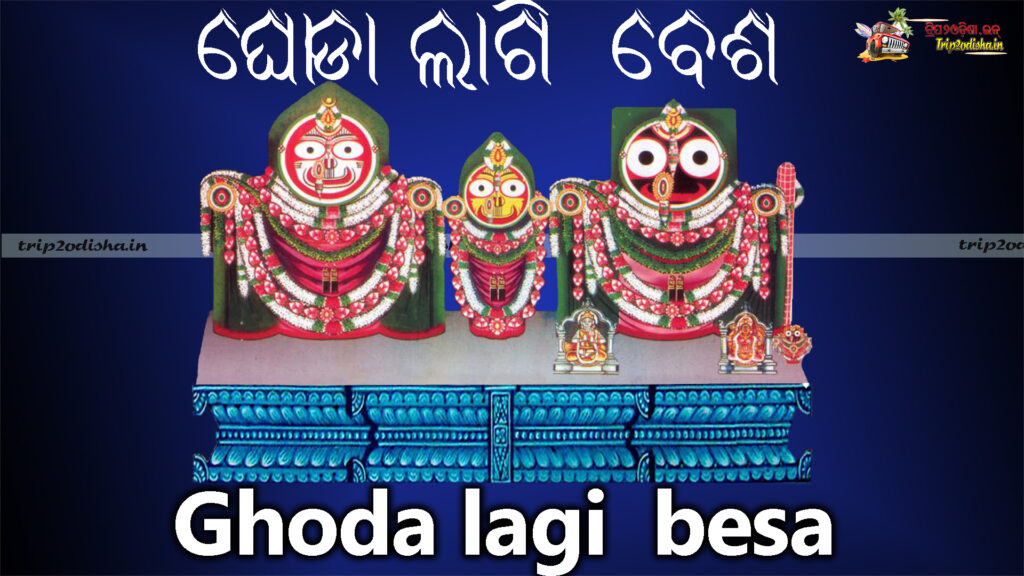
8. Nabanka Besha
The celebration occurs on the day before Makar Sankranti.
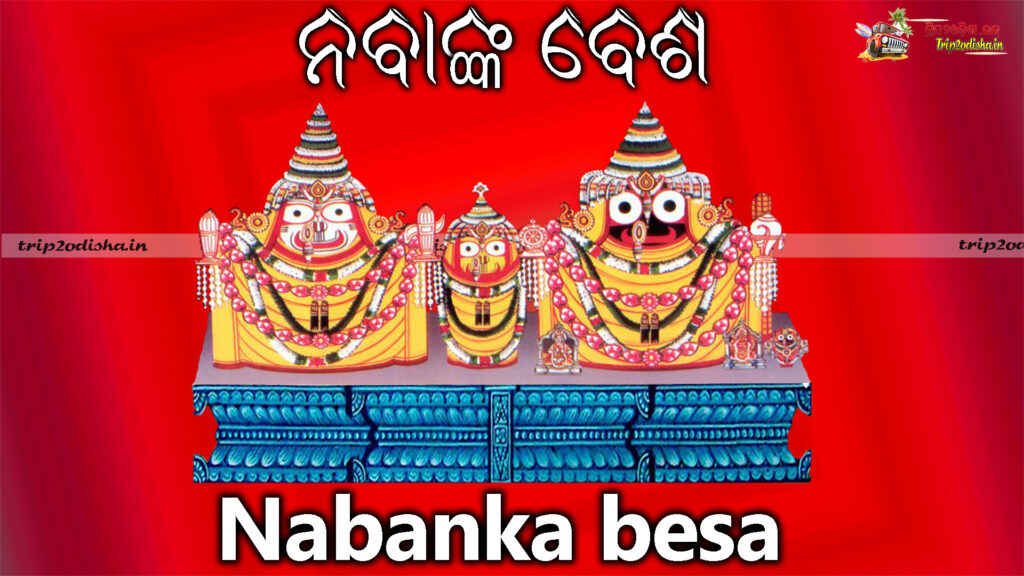
9. Banabhoji Besha
This special besha happens on the 10th day of the dark fortnight in the month of Bhadraba. During this time, the goddesses dress up in a way that makes them look like they are ready for a fun picnic.
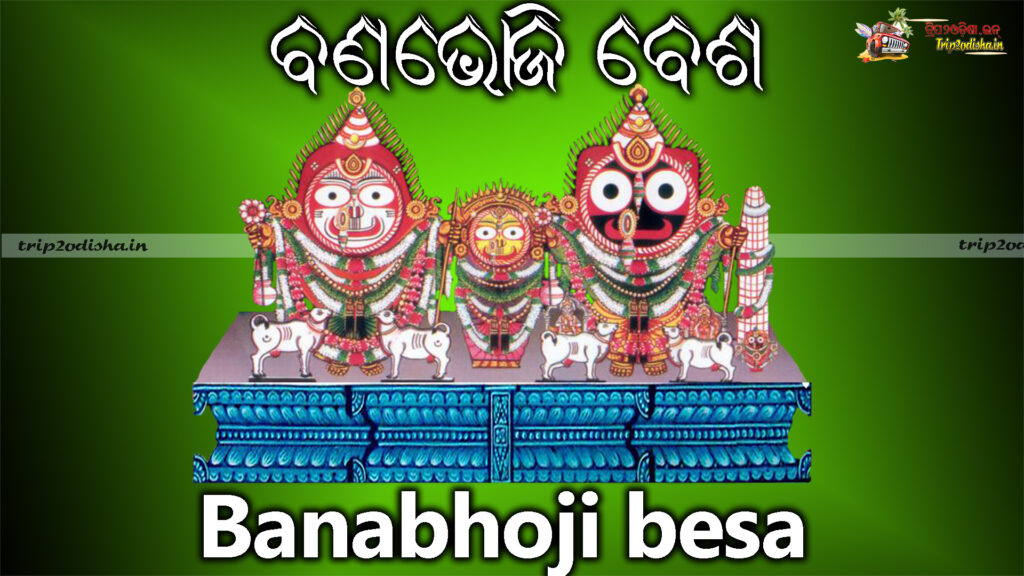
10. Kalia Dalna Besha
The Bhadraba Krushna Ekadasi tithi witnesses the grand organization of the besha, where a massive snake structure is constructed. The snake’s hood is carefully positioned at the feet of Sri Jagannath during this besha, which lasts until the Sandhya Dhupa is concluded.
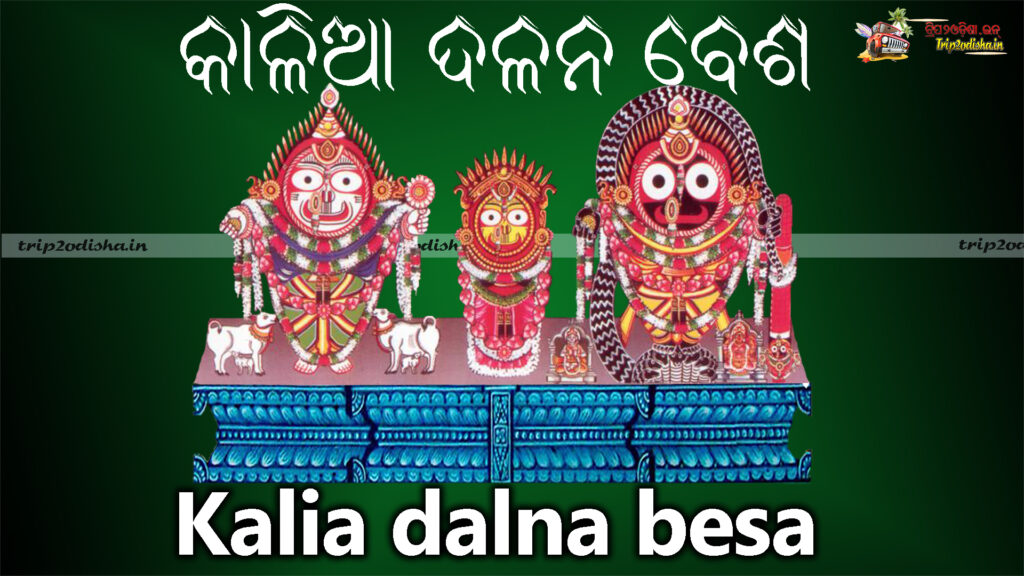
11. Pralambasura Besha
The festival is observed annually on Bhadraba Krushna Dwadasi, commemorating the defeat of the demon Pralamba by Lord Balaram. It is customary for the deity Balabhadra to adorn a special attire on this occasion.
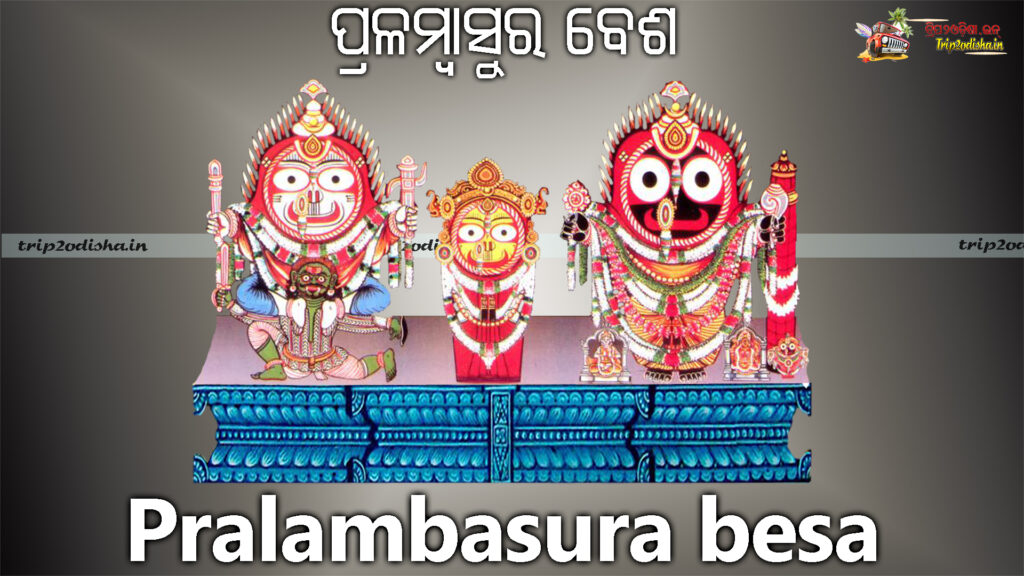
12. Krushna Balaram Besha
During the evening of Bhadraba Krushna Tryodasi, the besha ceremony is held, where the Goddess is beautifully dressed as Krushna and Balaram.
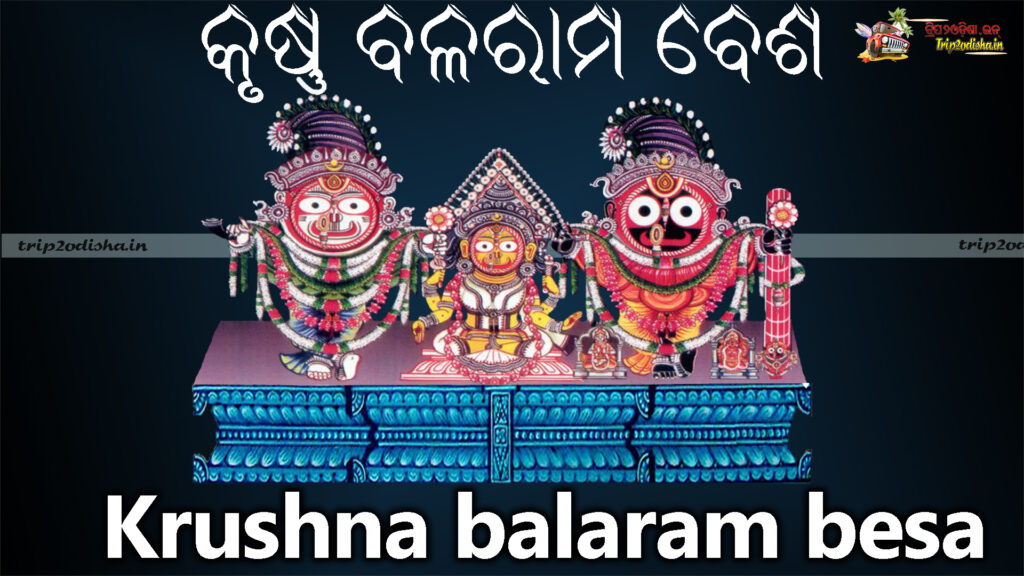
13. Radha Damodara Besha
This special event happens from the 11th day of the first half of Ashwina (Sukla Eakadasi) month to the 10th day of the first half of Kartika month (Kartika Eakadasi).
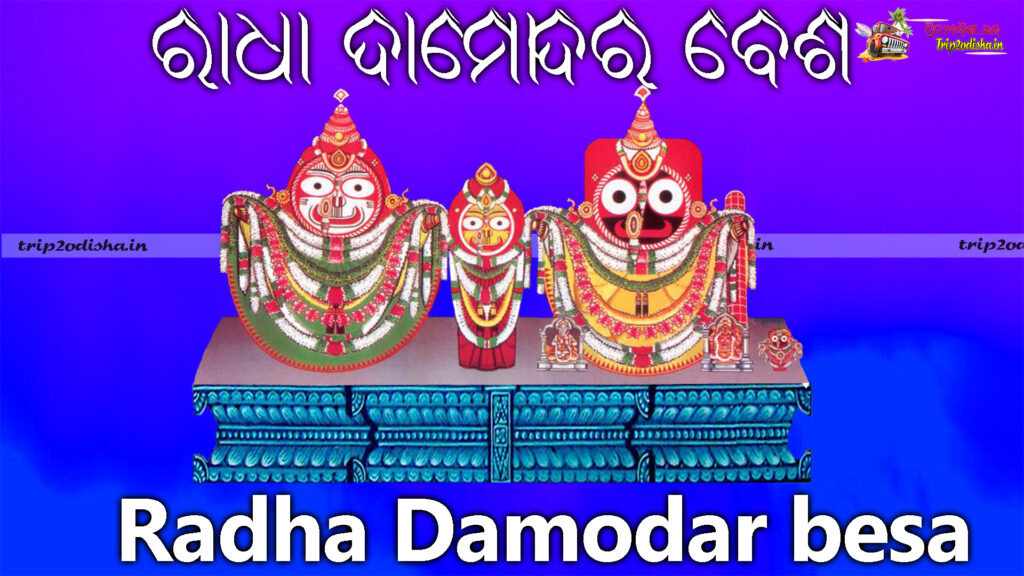
14. Laxmi Narayan Besha
The event takes place on the 11th day of the bright fortnight of Kartika (Kartika Sukla Ekadasi) tithi, also known as Thiakia besha.
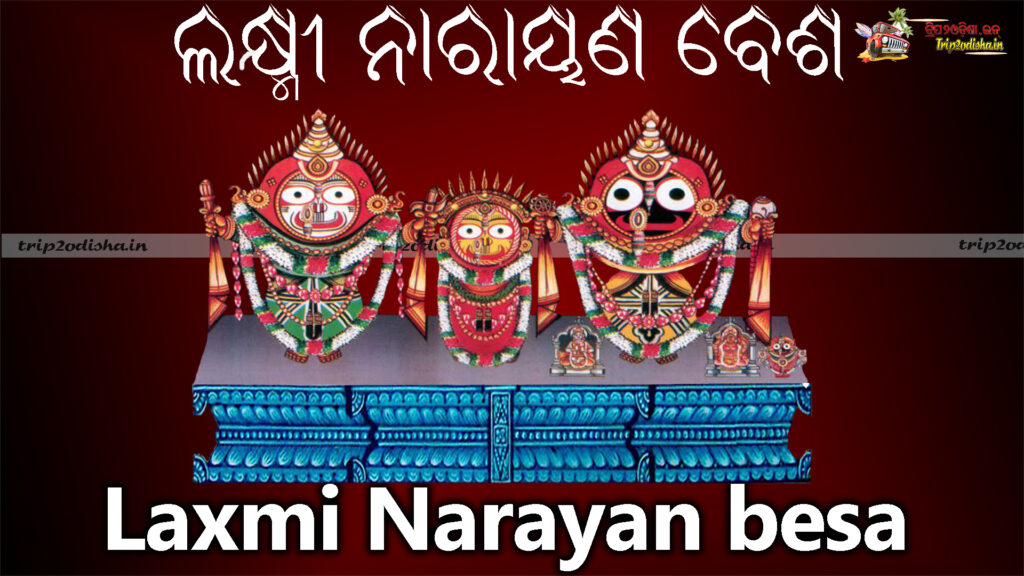
15. Banka Chuda Besha
The celebration of this besha takes place on Kartika Sukla Ekadasi, which is the 12th day of the bright fortnight of Kartika. It is similar to the Laxmi Narayan besha, but with the inclusion of a gold ornament on the head.
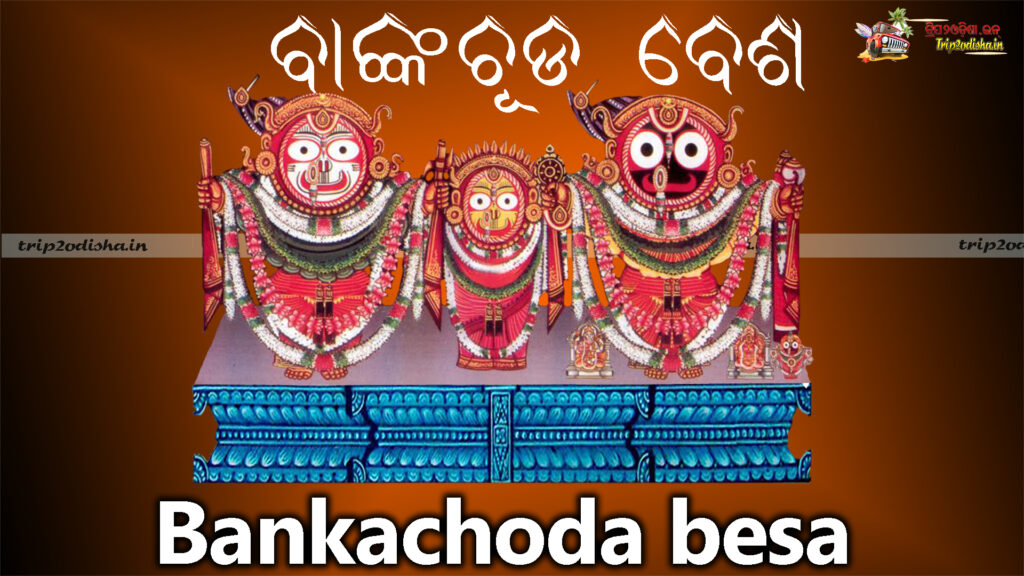
16. Tribikram Besha
This special ceremony is performed on the 13th day of the bright fortnight in the month of Kartika. It is also called Adakia besha.
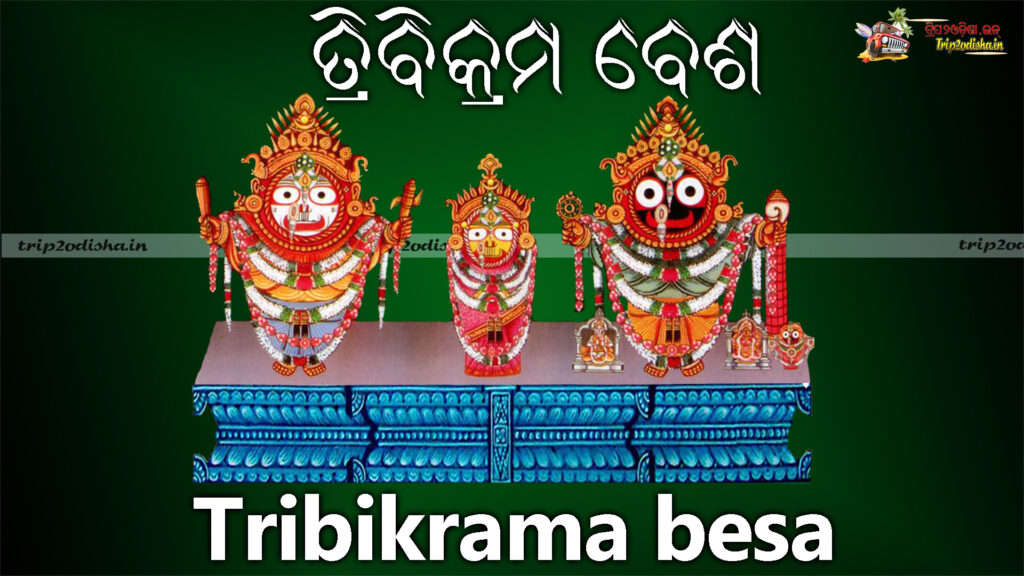
17. Laxmi Nrushingha Besha
The special event called besha happens on the 14th day of the bright fortnight in the month of Kartika. It is also known as Dalikia besha.
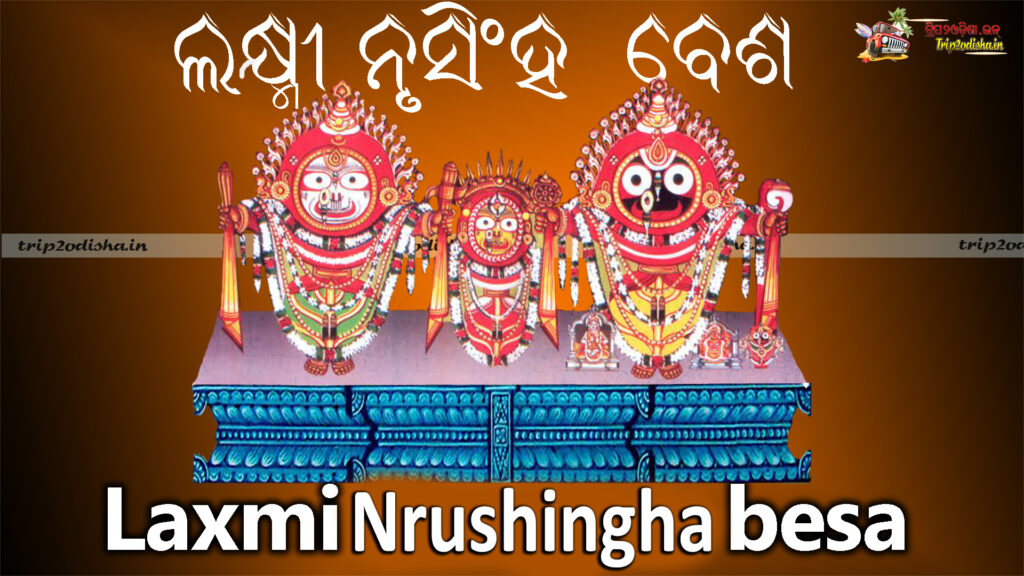
18. Nagarjuna Besha
In years with six days of “panchuka” in the month of Kartika, a unique besha of the goddess is celebrated, making it a rare occurrence.
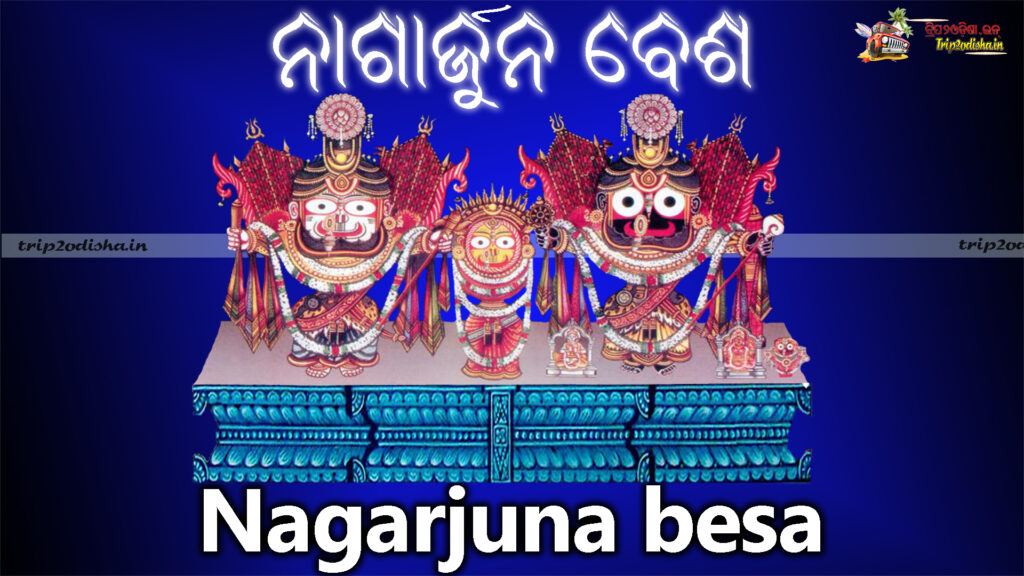
19. Baman Besha
The besha ceremony takes place on the 12th day of the bright fortnight of Bhadraba, also known as Bhadraba Sukla Dwadasi. It is during this time that Lord Vishnu manifests as his 5th avatar, Baman.
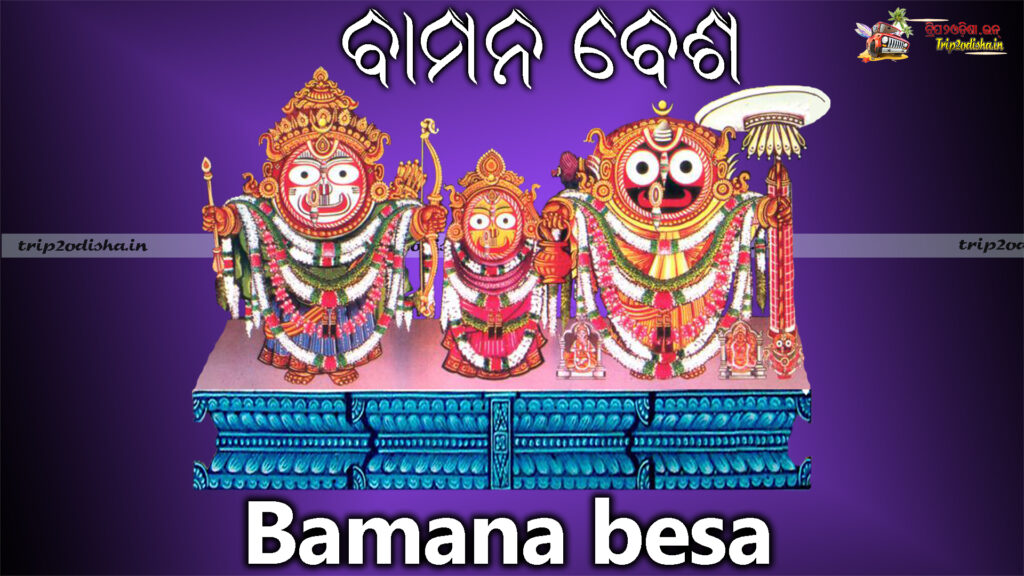
20. Sradha Besha
The besha ceremony takes place over three days during the month of Margasira, specifically on the tithis of Margasira Krushna Chaturdasi, Amabasya, and Sukla Pratipakhya. During this besha, the goddess pays homage to her parents Dasaratha, Nanda, and Vasudev. It is performed before the Chandan Lagi besha.
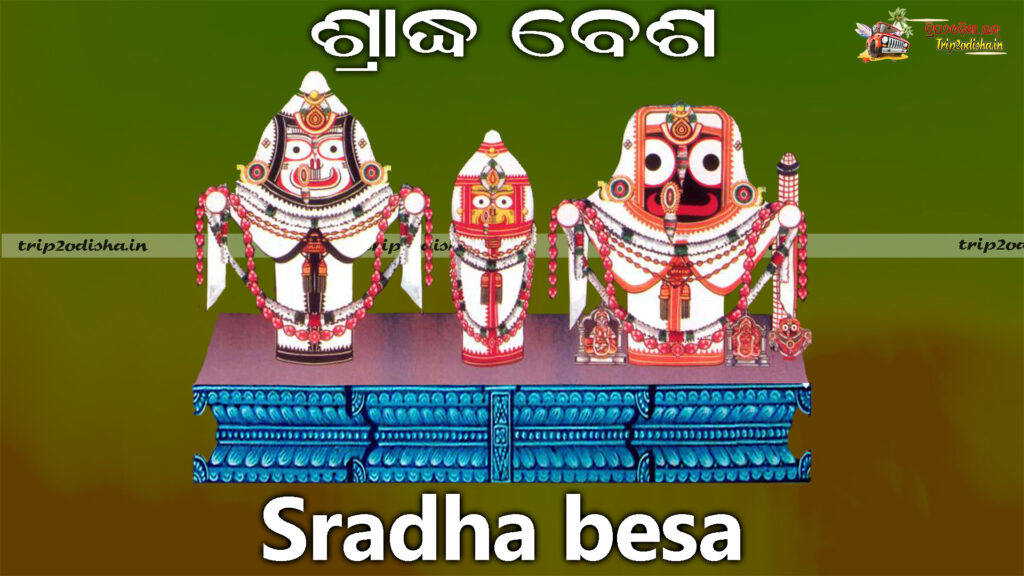
21. Chacheri Besha
The celebration lasts for five days, starting from Phalguna Sukla Dashami to Chaturdasi.
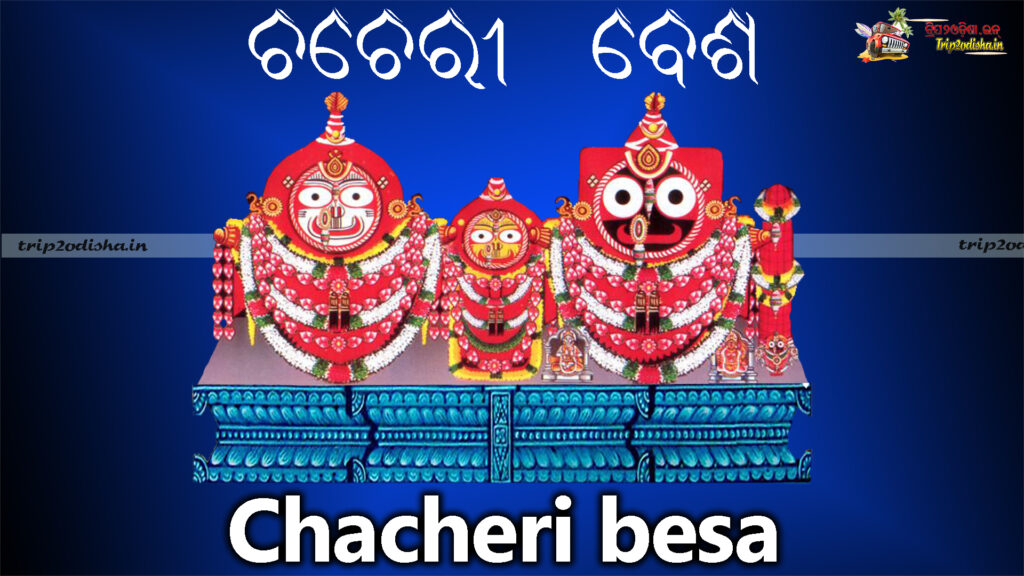
22. Raghunath Besha
The festival is traditionally observed during the month of Chaitra, but it has since been discontinued.
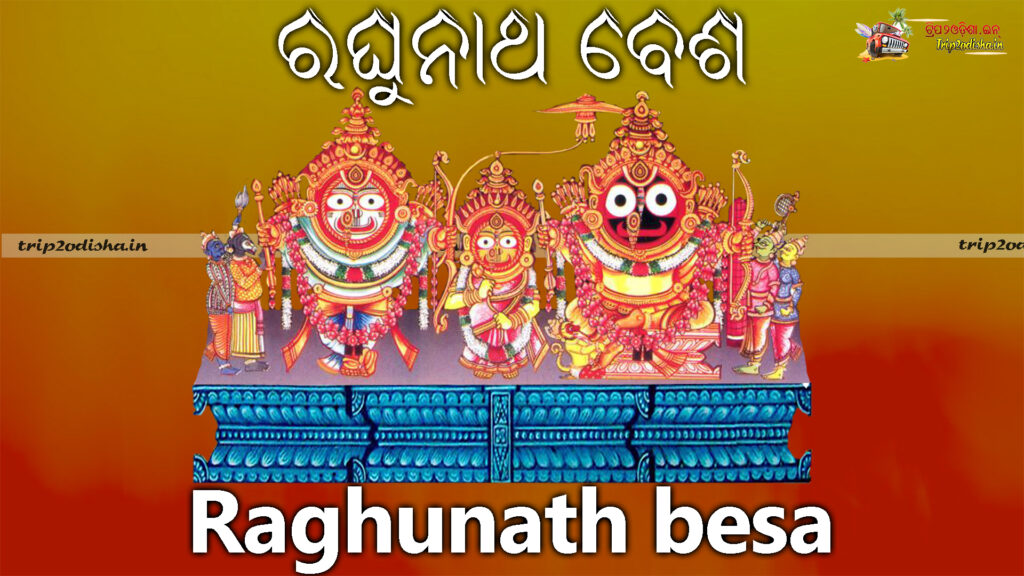
23. Raj Rajeswari Besha
The besha celebration takes place on the auspicious day of Kartika Purnima.
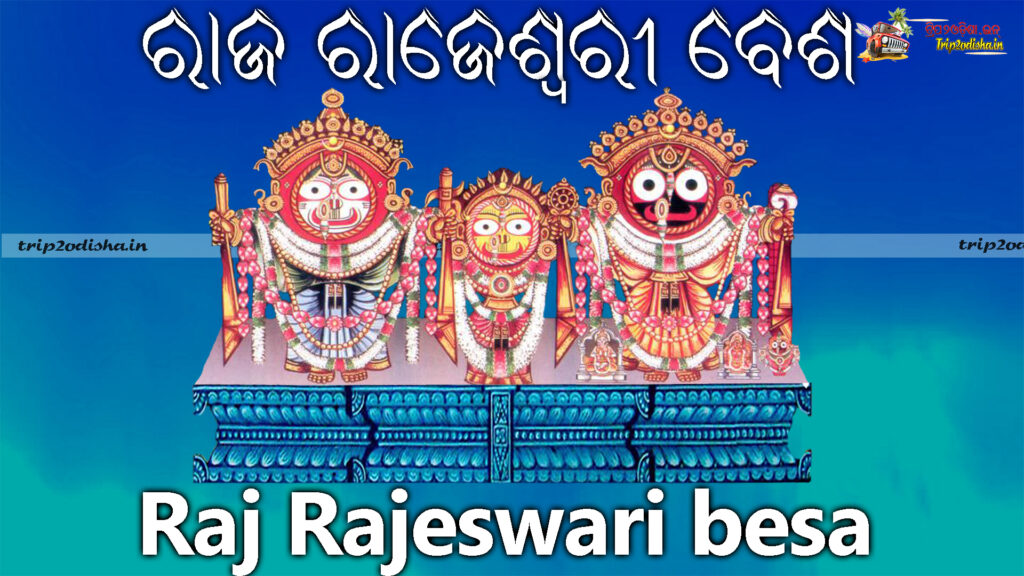
24. Chandan Lagi Besha
The besha ceremony takes place in the months of Baishakha and Jyeshtha. During this ceremony, the goddess’s attendant applies a paste made of Chandan (Sandalwood) on her body.
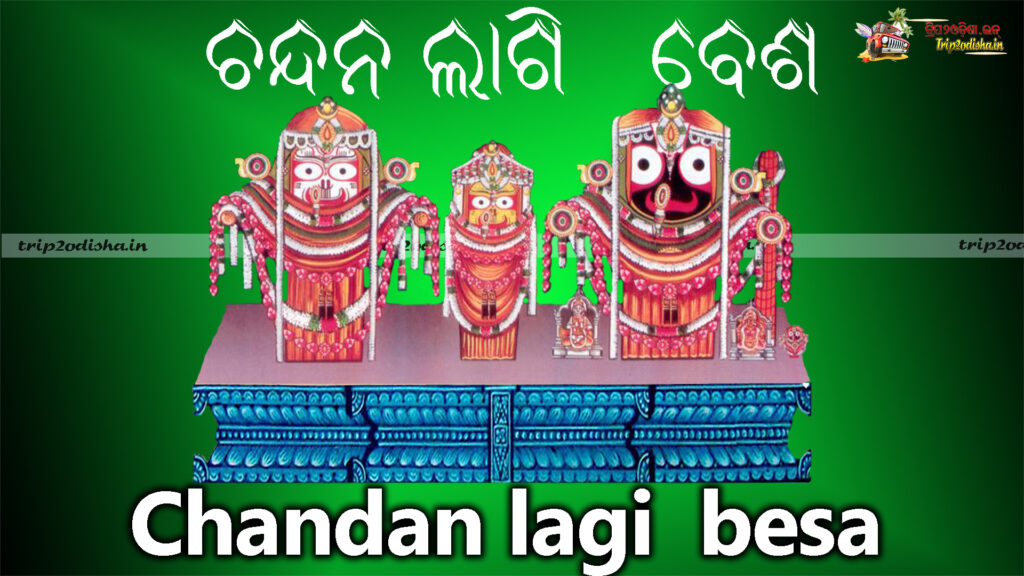
25. Giri Govardhan Besha
Previously, during the month of Bhadrab, Mahaprabhu Shri Jagannatha would be adorned in the Giri Govardhan Besha attire. This attire, known as Girigobardhana Besa, is a traditional and intricate outfit specifically created for dressing the deities of Lord Krishna and Lord Balarama.
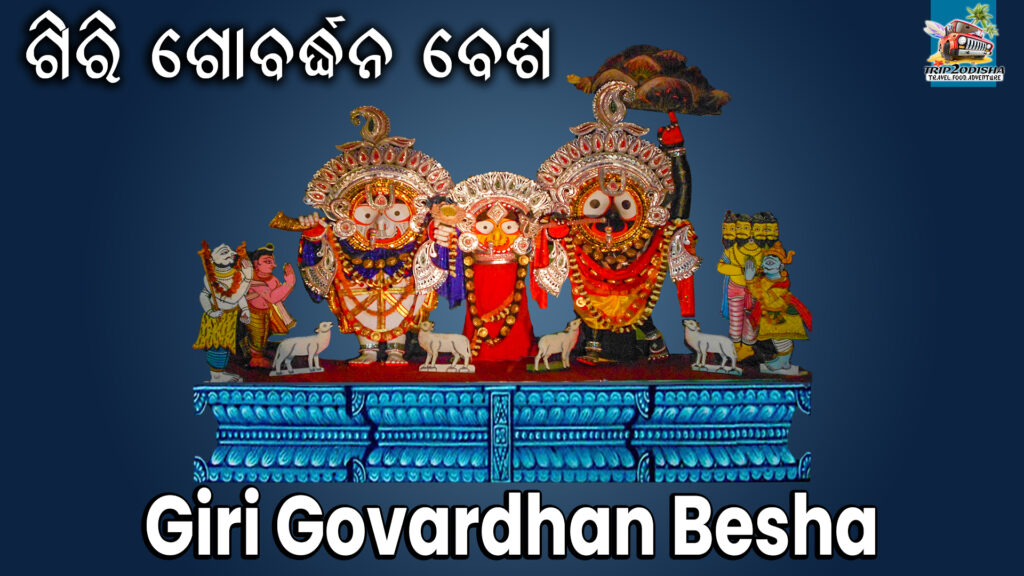
26. Nitya dhoopa besha
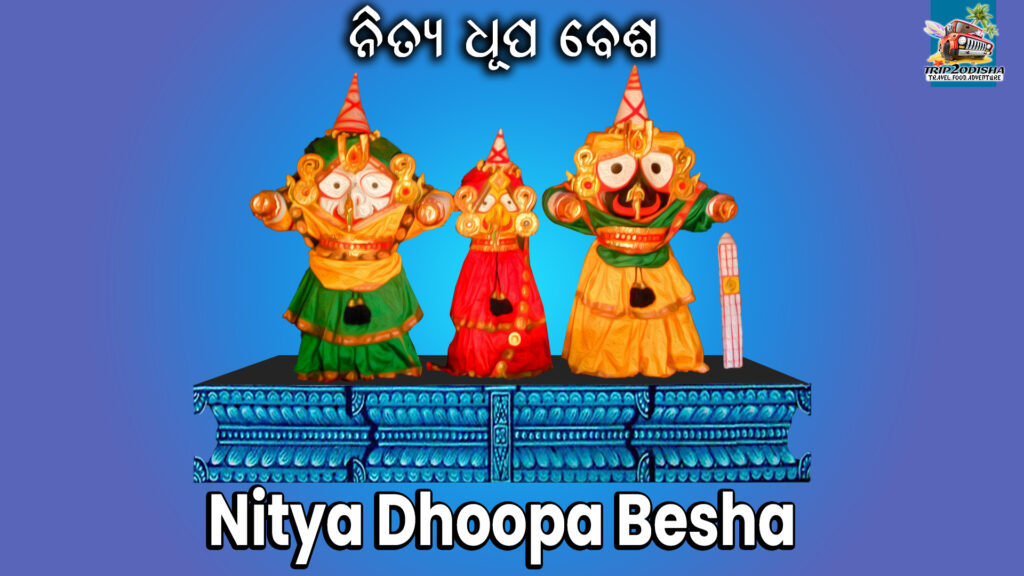
27. Jhulana Sandhya Dhoopa Besha
During the monsoon month of Shravana, the besha known as Jhulana Sandhya Dhupa is performed for 7 days, starting from Sukhla Dashami to Pratipada. This besha involves the wearing of unique ornaments such as Makara kundala, Nali vooja, Jhoba Kanthi, Adakani, Tilaka, Chandrika, Chandra Surya, and more.
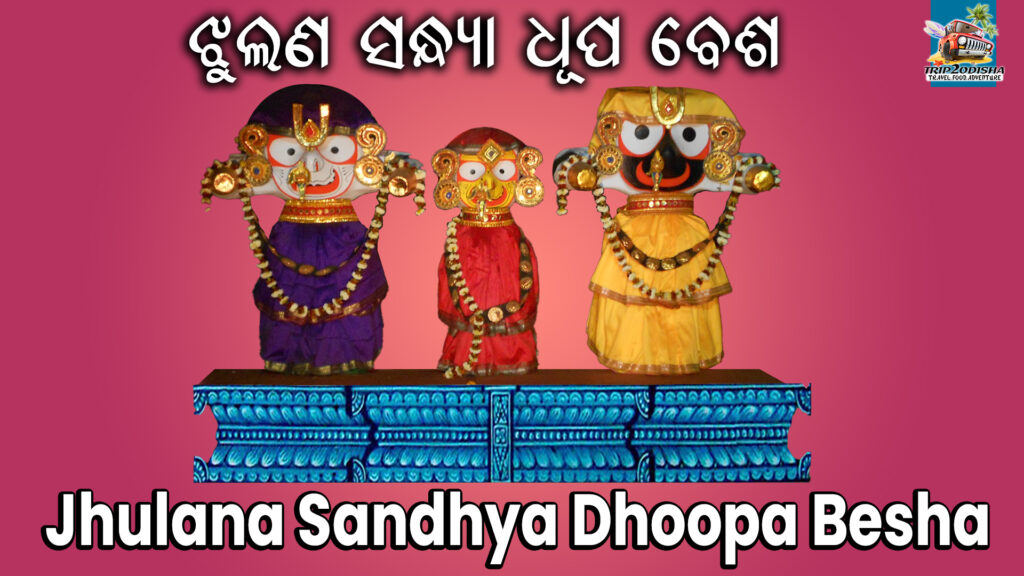
28. Makara Chourashi Besha
During Makar Sankranti, unique rituals were carried out at Jagannath temple in Puri, Odisha. The gods were adorned in special ‘Makara-chula’ (headgear) on this important day, along with jewellery for the ‘Makar Chaurasi Besha’.
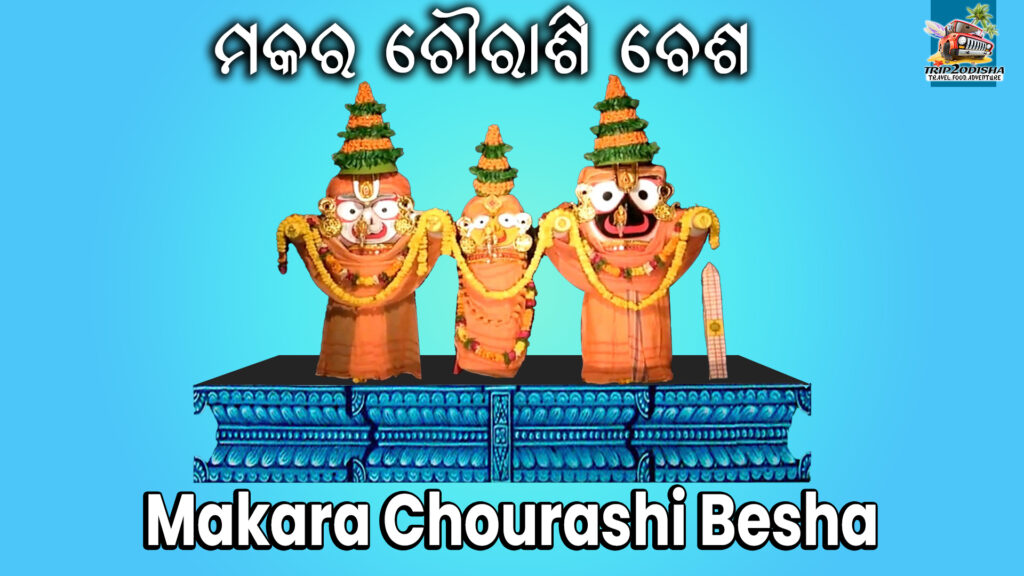
29. Naba Joubana besha
Right after Snana Purnima, the gods stay hidden for 15 days. Before the Ratha Yatra, they dress up beautifully, show themselves to the guests, wear lovely clothes, and seem youthful.
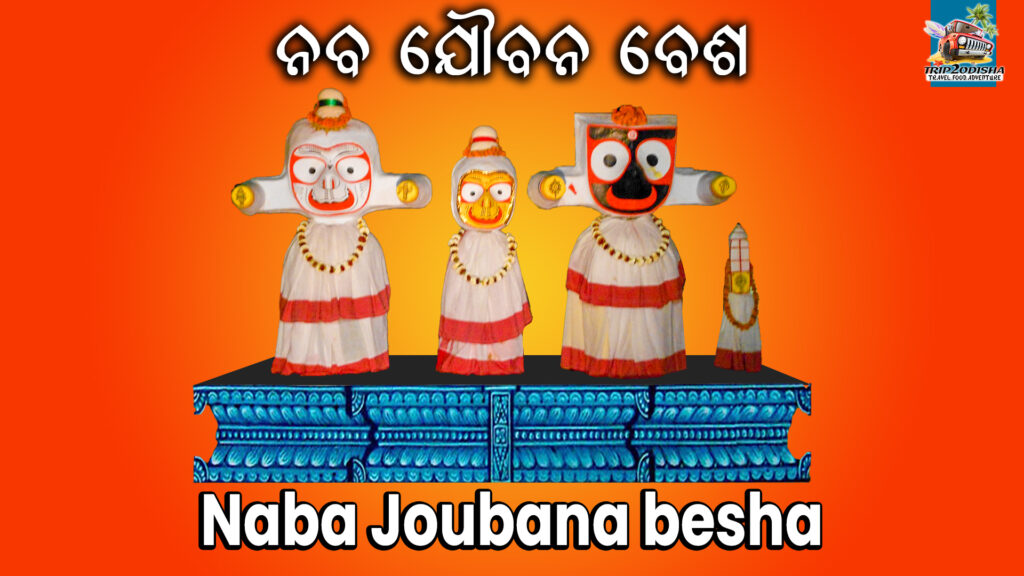
30. Pushyabhishek Besha
The celebration of Lord Sri Jagannath’s festival takes place in the Odia Lunar month of Pausha on the full moon day. Three Deities are adorned with a variety of gold ornaments, adding to their allure.
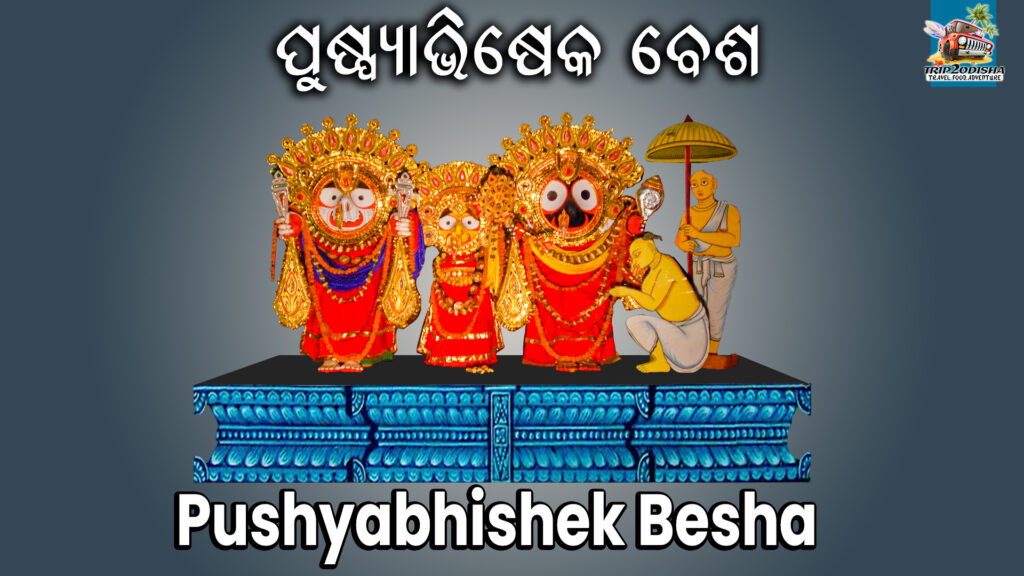
31. Senapata lagi besha
The Daitapatis perform the Senapati Lagi besha ritual annually, one day before the Snana Yatra. As a protective measure, they apply a paste made of Baula Katha to the entire bodies of Lord Jagannath and His siblings. This is done to ensure their safety during the Pahandi Bije procession to the Snana Mandap.
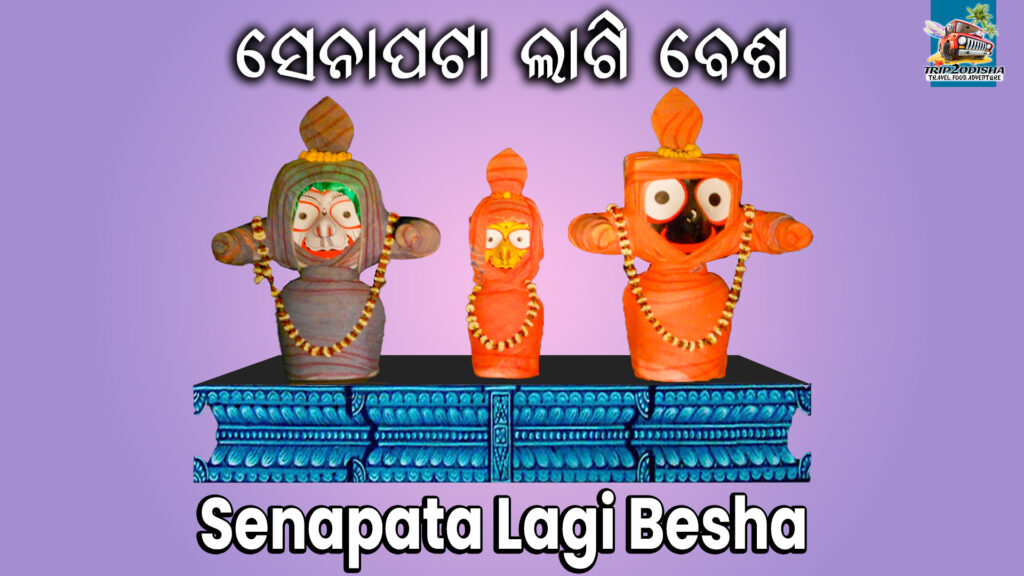
32. Tahiya lagi besha
Tahiya lagi Besha takes place during the Rath Yatra festival, where the three deities wear special crowns known as Tahiya. These crowns are the only jewelry worn by the sibling deities during significant rituals such as Snana Purnima, Rath Yatra, Bahuda Yatra, and Niladri Bije.
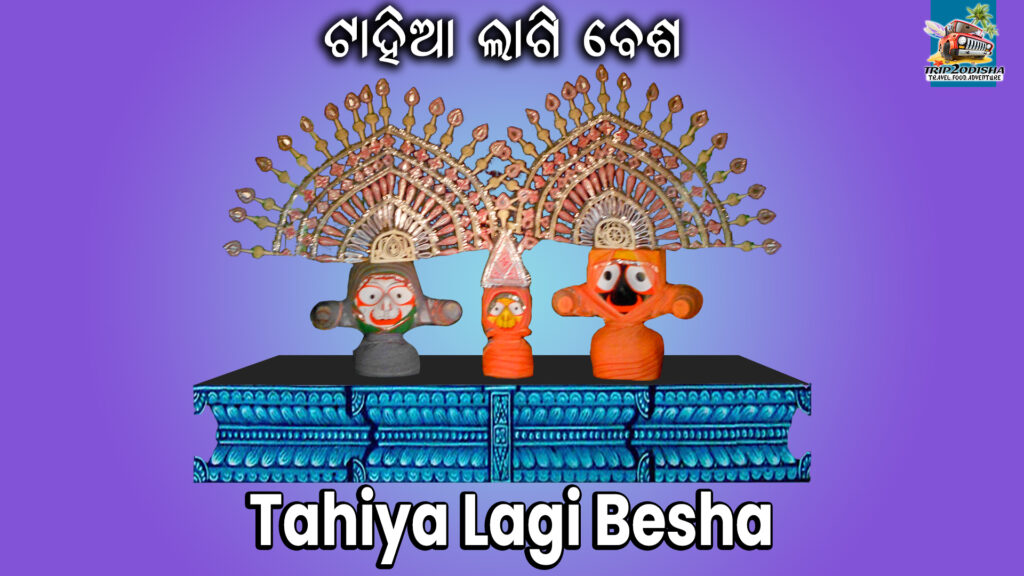
This represents the divine attire of the Goddess. It is expected that everyone is familiar with the attire of Lord Jagannath, Subhadra, and Balabhadra.
Explore the video presentation featuring Lord Jagannath’s diverse besha.

